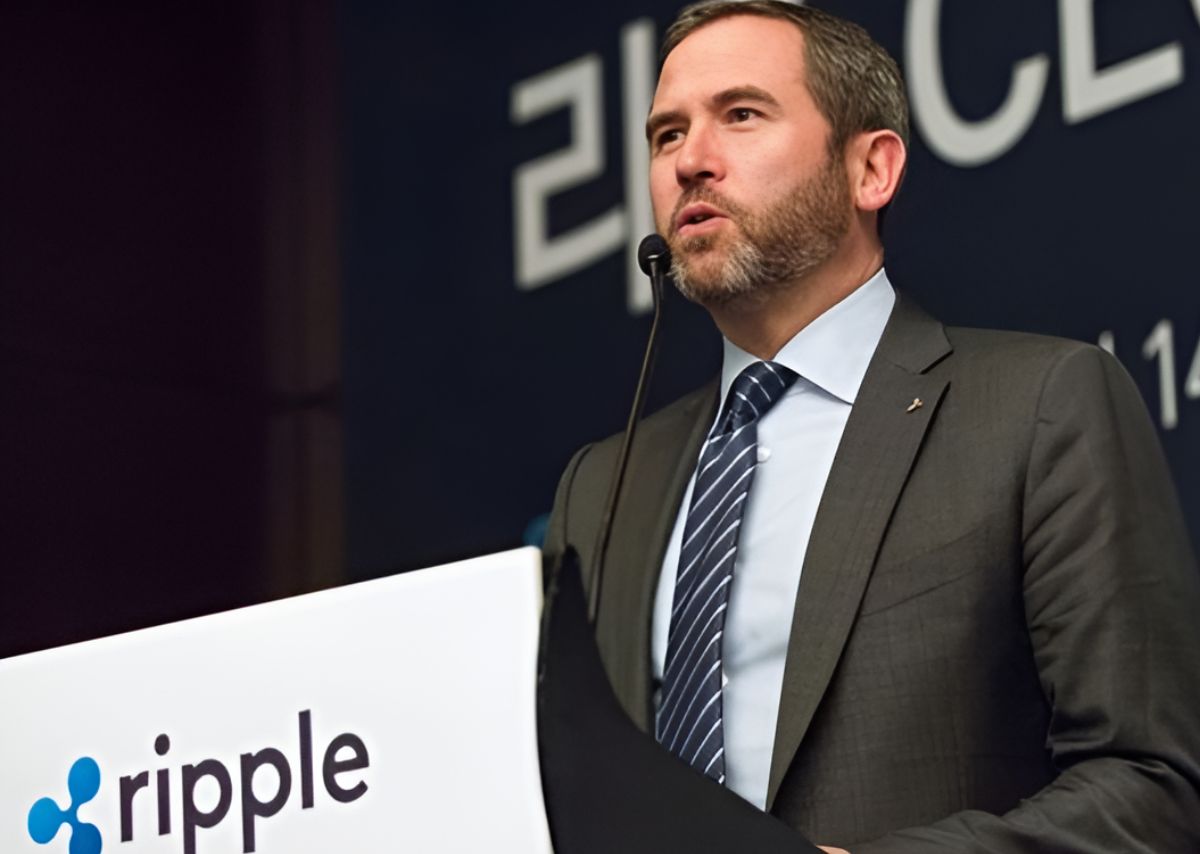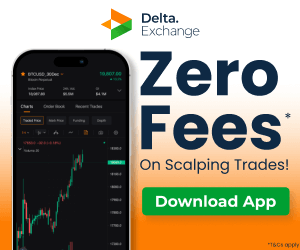In 2006, Brad Garlinghouse ignited a firestorm with a memo that Silicon Valley elites dismissed. Yahoo executives mocked him. Wall Street shrugged. Yet within years, Yahoo collapsed exactly as he warned. Blacklisted and sidelined, Garlinghouse quietly plotted his next move. Today, he commands Ripple’s rise as a $41 billion crypto custody titan, proving critics wrong twice.
The Peanut Butter Manifesto That Shook Yahoo
Garlinghouse joined Yahoo in 2003 to revolutionise digital communication, overseeing Mail, Messenger, and Flickr. By 2006, he spotted fatal cracks: the company was “spread like peanut butter,” diluting resources across too many projects.
His infamous memo urged focus, but leadership laughed. Meanwhile, competitors like Google surged ahead. When Yahoo crumbled post-2008, Garlinghouse’s prophecy cemented his reputation as a clear-eyed strategist.
Building Blocks of a Financial Revolution
Post-Yahoo, Garlinghouse honed his craft. He scaled AOL’s consumer products (2009–2012) and transformed Hightail’s file-sharing tech (2012–2014). Each role sharpened his grasp of scalable systems. Then in 2015, crypto’s potential struck him. Unlike peers fixated on speculation, he saw deeper: blockchain could overhaul global finance. By 2016, as Ripple’s CEO, he vowed to redefine value transfer, starting with institutional trust.
A $250M Gamble
In May 2023, Garlinghouse Started his attack. Ripple acquired Swiss custody specialist Metaco for $250 million, gaining critical infrastructure for institutional investors. The move stunned rivals.
Almost overnight, HSBC, DBS, and BBVA partnered with Ripple to safeguard digital assets. Consequently, Ripple’s custody solutions now anchor over $100 billion in transactions monthly. “Custody isn’t sexy until it’s the only thing institutions care about,” he later remarked.
Also read….
RLUSD: A Regulatory Breakthrough
While stablecoins faced crackdowns in 2023, Garlinghouse outmanoeuvred regulators. Ripple launched RLUSD, a fully compliant stablecoin backed by tangible assets. Approved swiftly by U.S. authorities, its circulation topped $100 million in two months. Unlike Tether or USDC, RLUSD merged agility with oversight. “Regulation isn’t the enemy it’s the roadmap,” he declared as banks adopted the token for real-time settlements.
A Presidential Dinner and Policy Shifts
By early 2025, Garlinghouse’s influence reached Mar-a-Lago. A private dinner with Donald Trump hinted at crypto’s political coming-of-age. Though details stayed secret, insiders noted relaxed regulatory talks afterward.
Following this, Ripple accelerated U.S. expansion, opening 75% of new jobs domestically and securing partnerships faster than ever. Observers whispered: Garlinghouse wasn’t just shaping tech he was steering policy.
The $40 Trillion Tokenization Frontier
Garlinghouse now eyes a staggering prize: tokenising 10% of global assets by 2030. With financial markets worth $400 trillion, even a fraction would flood crypto custody. Ripple’s infrastructure, built for banks and speed, positions it perfectly. “Why get paid monthly when payments could stream every second?” he challenges, referencing frictionless blockchain transactions. Already, Ripple’s systems process billions daily across 55 countries.
Rewriting Finance’s Rulebook
Brad Garlinghouse’s journey, from Yahoo’s fall to Ripple’s rise, mirrors crypto’s own evolution. He turned early ridicule into fuel, proving that foresight beats conformity. As banks tokenise assets and regulators collaborate, his blueprint gains urgency. The lesson? True disruption requires patience, partnerships, and relentless focus. Two decades after his peanut butter warning, Garlinghouse still spreads bold ideas, but this time, the world listens.
Written By Fazal Ul Vahab C H



